On Monday, Oct. 23, introductory-level Theology students attended a common text lecture entitled “Building a Visual Catena: Two Case Studies from Genesis.” Professor Ben Quash of King’s College in London spoke about the parallels between biblical passages and art.
Quash, professor of Christianity and the Arts, shared his newly-developed project of visual theology with the students and explained his findings in the similarities between Christianity and paintings.
“The Bible is a visual feast. I go hunting for epiphanies within the passages,” he said.
Quash also explained the significance of the “Beatific Vision” and its importance throughout art.
Referring to his PowerPoint presentation, Quash showed paintings from various art periods and began drawing parallels back to certain Bible verses in the book of Genesis. One example was “Adam and Eve” by Jan Gossaert.
“Their arms are intertwined like the curl of a serpent, and their location suggests they have already been expelled from the garden because the fountain is behind them,” he said. “And their bodies fill the space, showing them close-up rather than far away.”
Quash then explained the meaning behind Gossaert’s artistic choices and spoke about how artists formulate different theories about works of art.
“These paintings are like a Catena—they have writing in the middle and have notes, or ideas, written around the sides. The great thing about artists is that they can go into the gaps and develop ideas,” he said.
Quash showed how various paintings from different time periods intertwine and explained their connections to the Bible. Supporting this claim, Quash displayed Grayson Perry’s tapestry called “Expulsion from Number 8 Eden.”
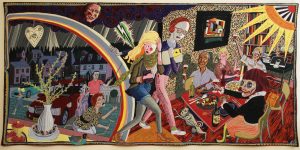
Connecting the tapestry back to the expulsion of Eden from Genesis, Quash described how the scene depicted the couple running away from hardship, just like in Genesis’s verse.
“The woman runs with the man away from their horrific past into the love of a family. She also carries a copy of [John] Milton’s ‘Paradise Lost’ under her arm. The book symbolizes how old and current literature still intertwine,” he said. “This work can also be applied to contemporary times.”
Quash also explained how modern images mirrored in Genesis 3:19, “Dust thou art, and unto dust thou shall return.”
He pulled up an image from a German opera and pointed out that the actors were covered in dust, clarifying their resemblance to the Bible verse. Quash also showed a modern photo of the first moving auto piece in London, picturing a priest with images of the four elements behind him.
“The photos move for 13 minutes straight, and then replay,” he said. “The four elements afflict the four people pictured as the priest delivers his homily.”
Lastly, Quash stated the importance of this research and the impact it can have on society.
“Artists should be celebrated as equals between preachers. They create fission, making us come alive in the artworks presence,” he said.




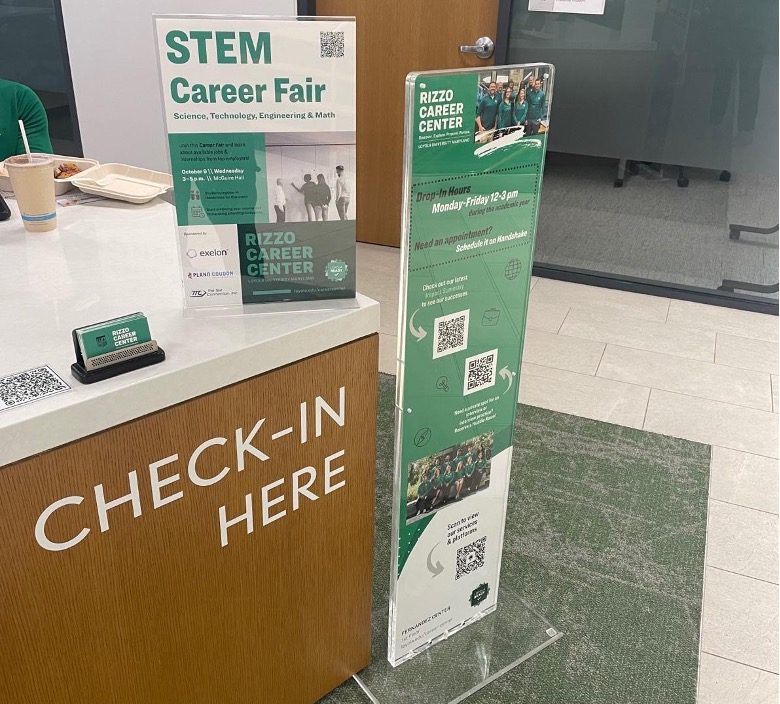
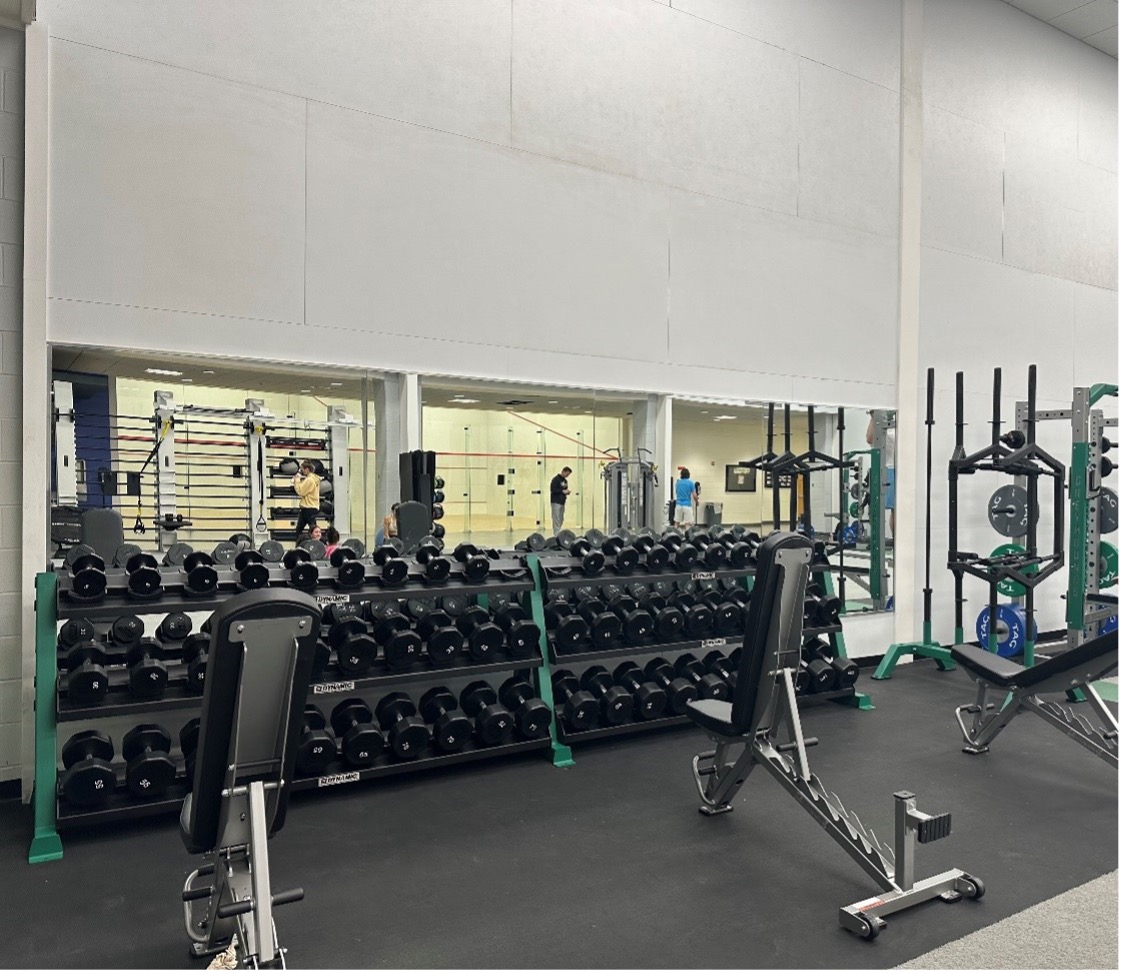

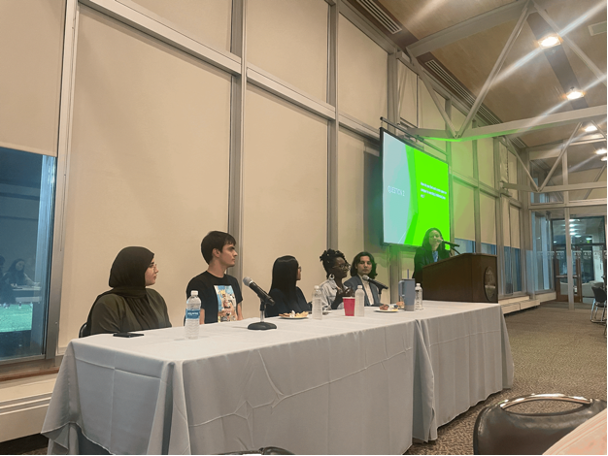
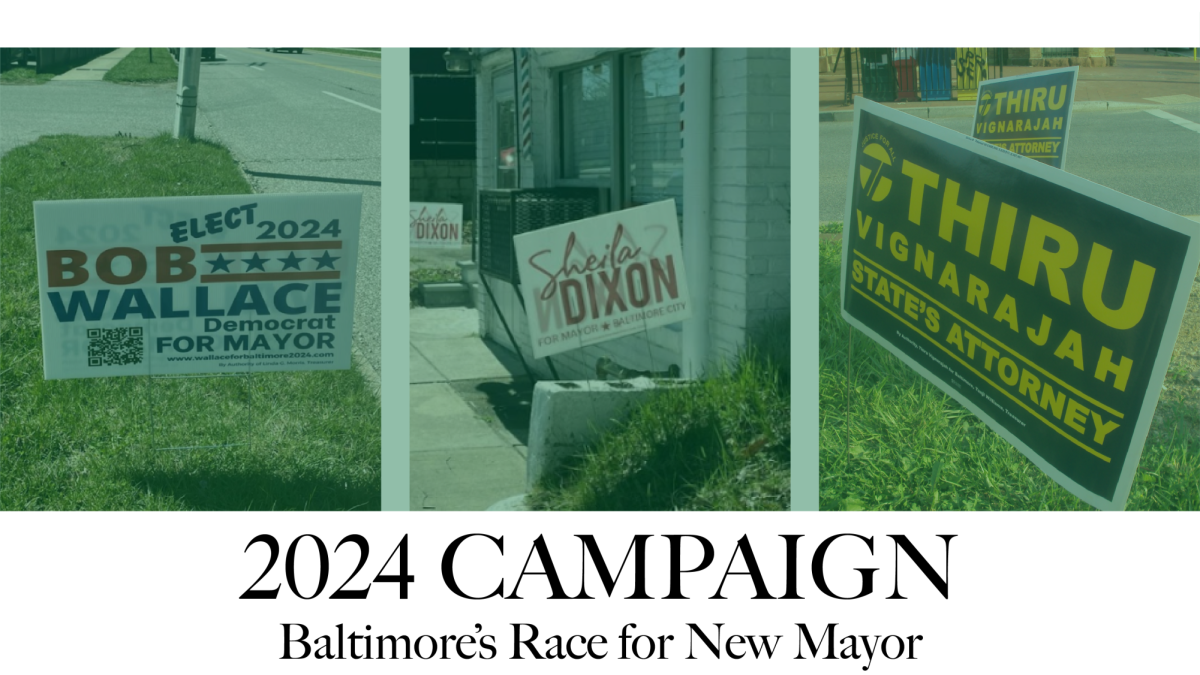















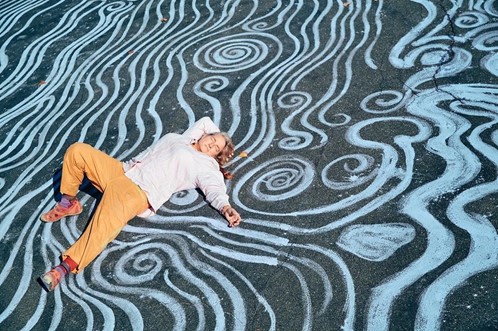

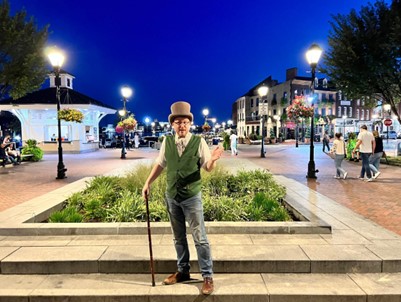
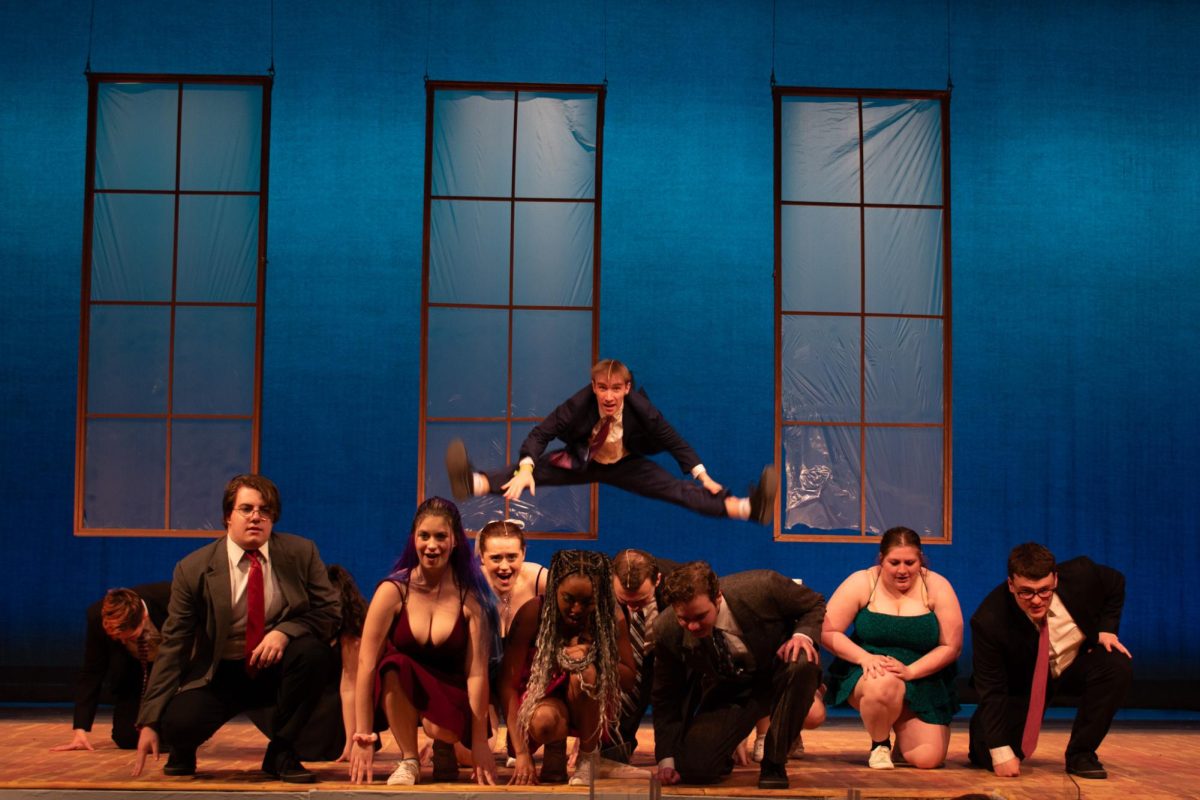
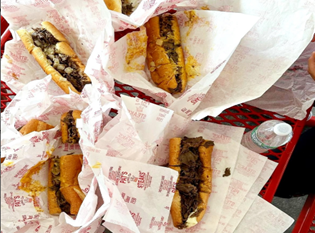

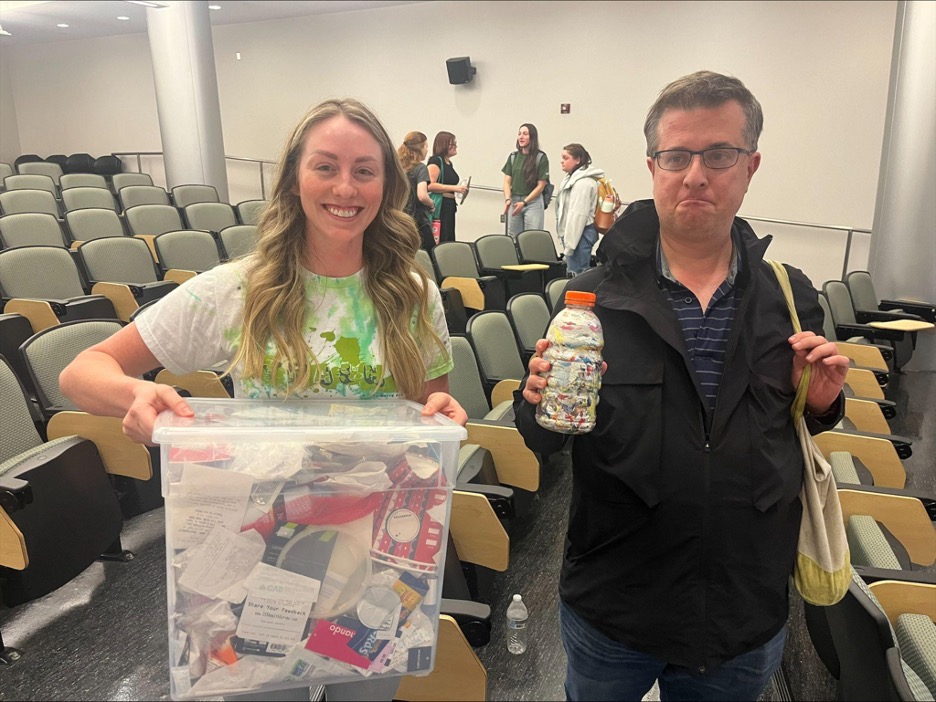
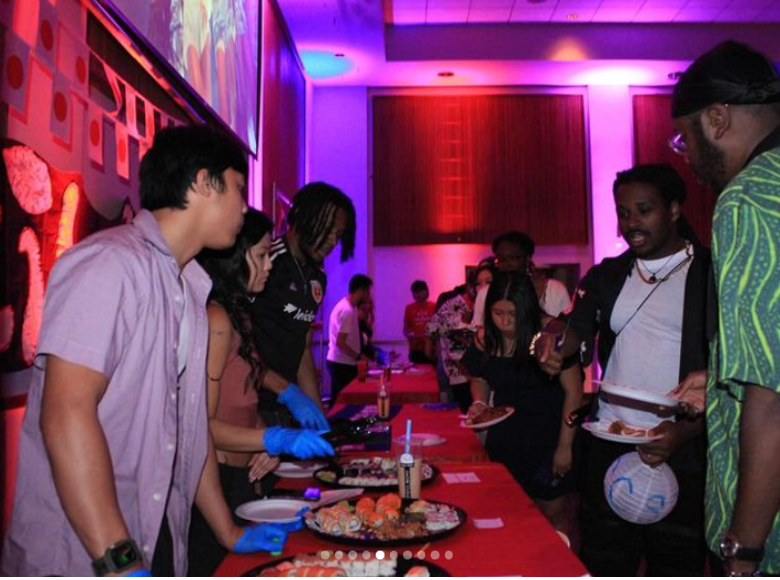
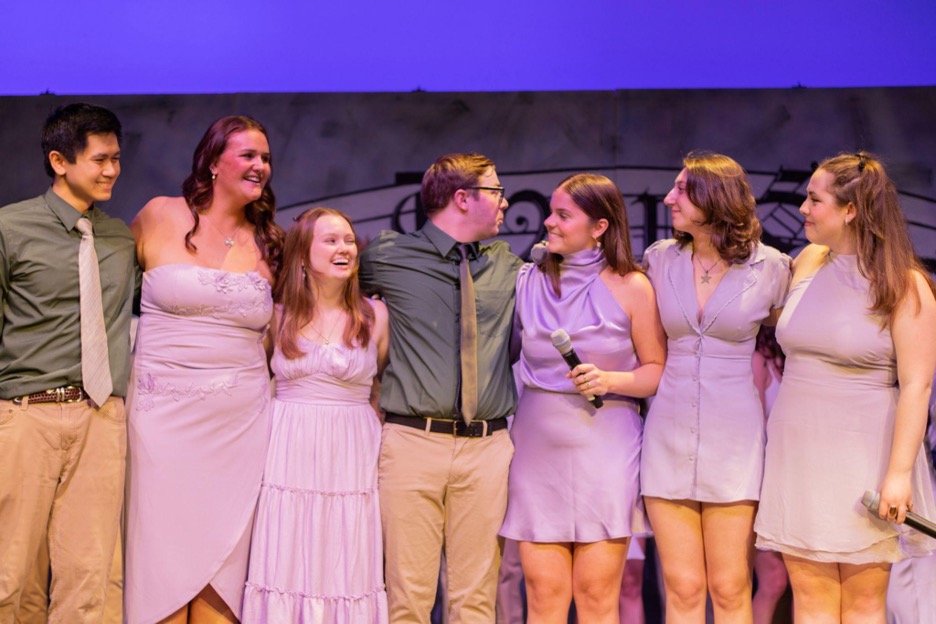





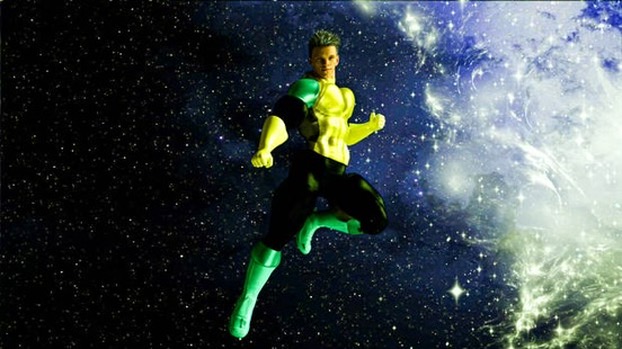






















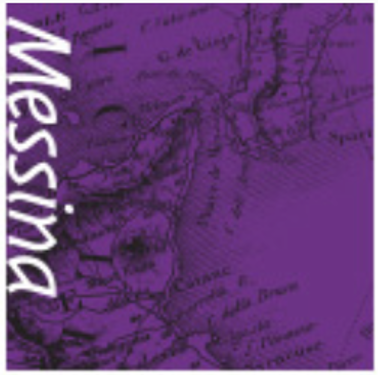

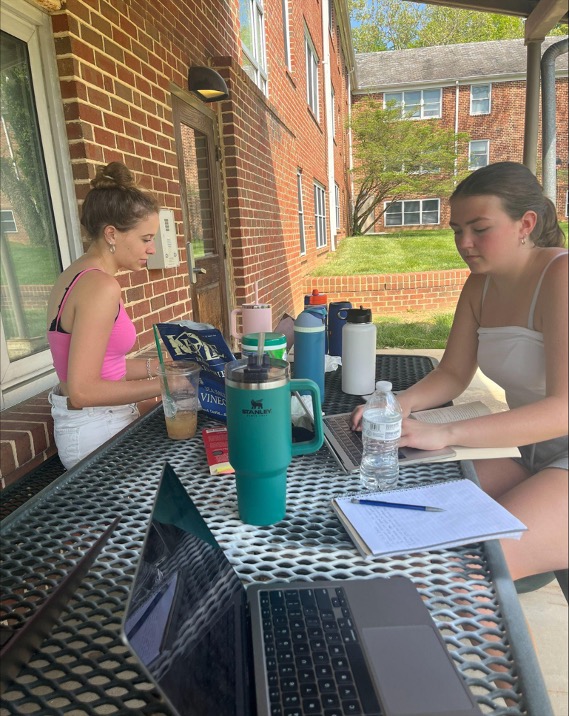
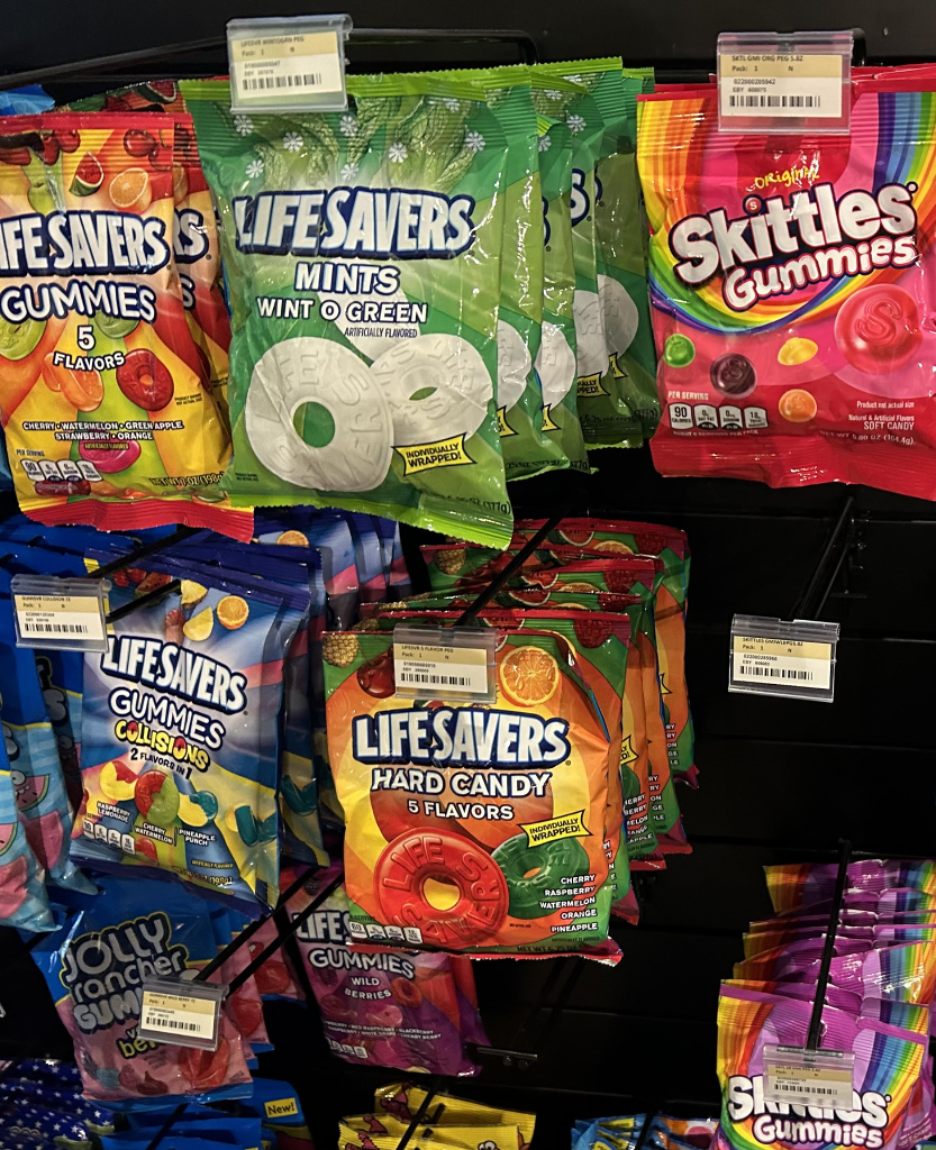


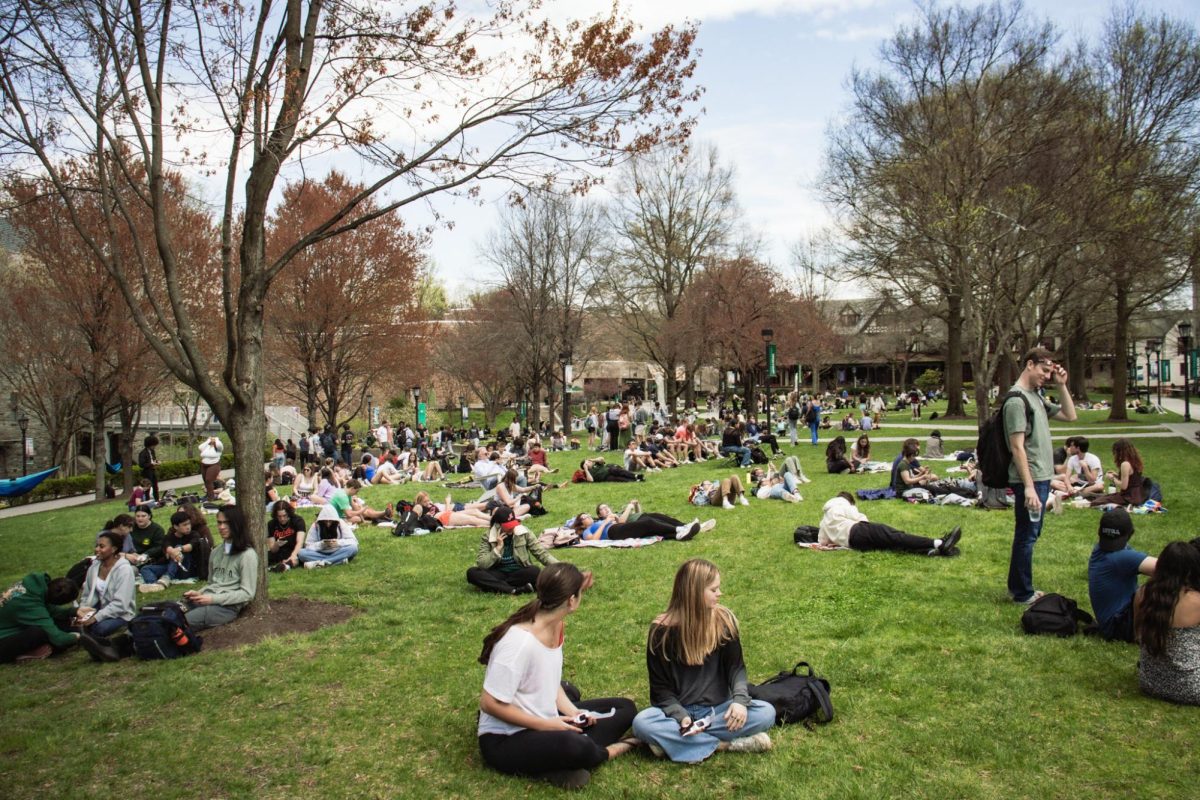






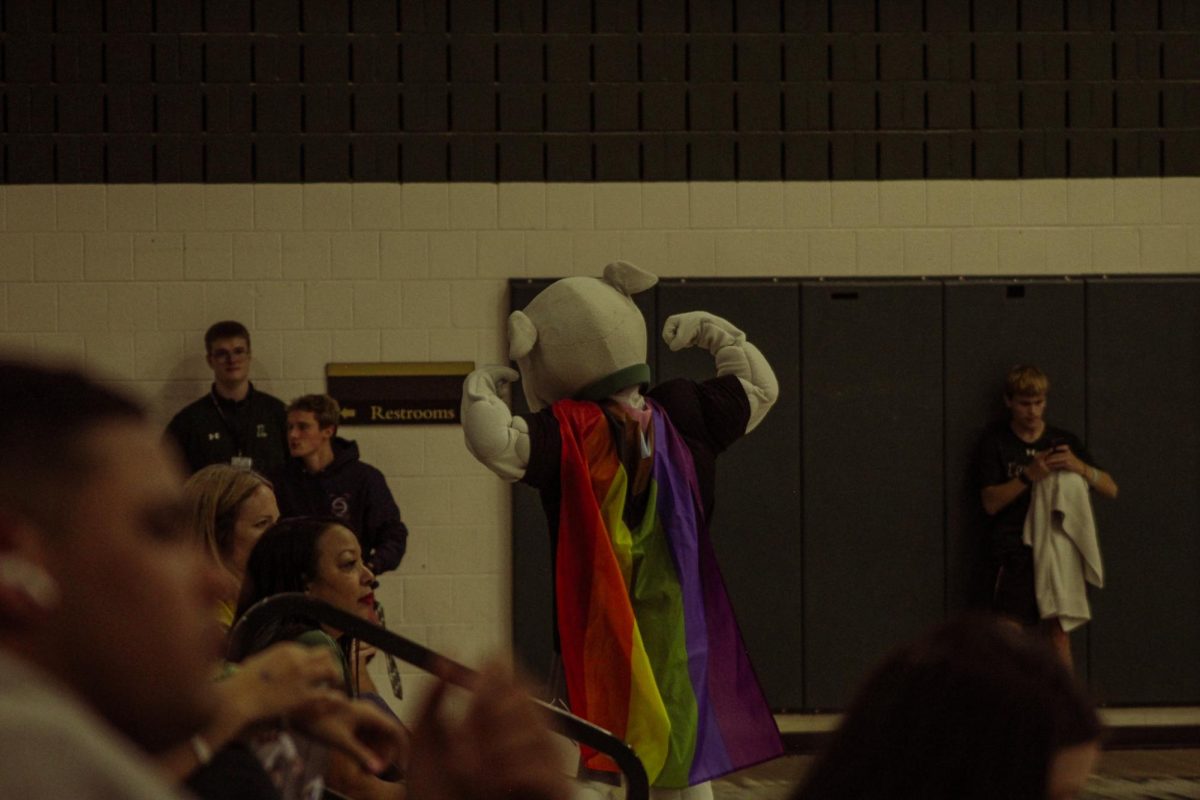













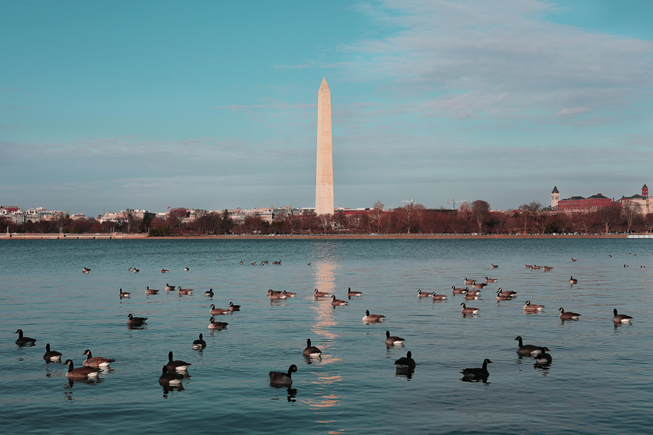
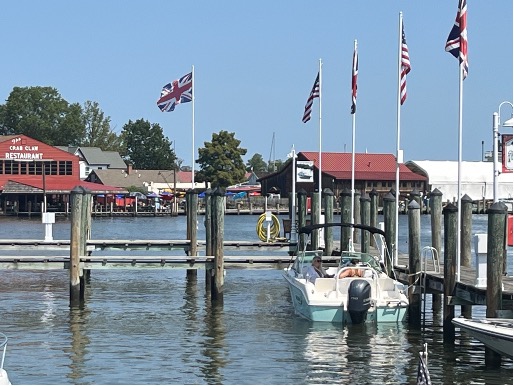















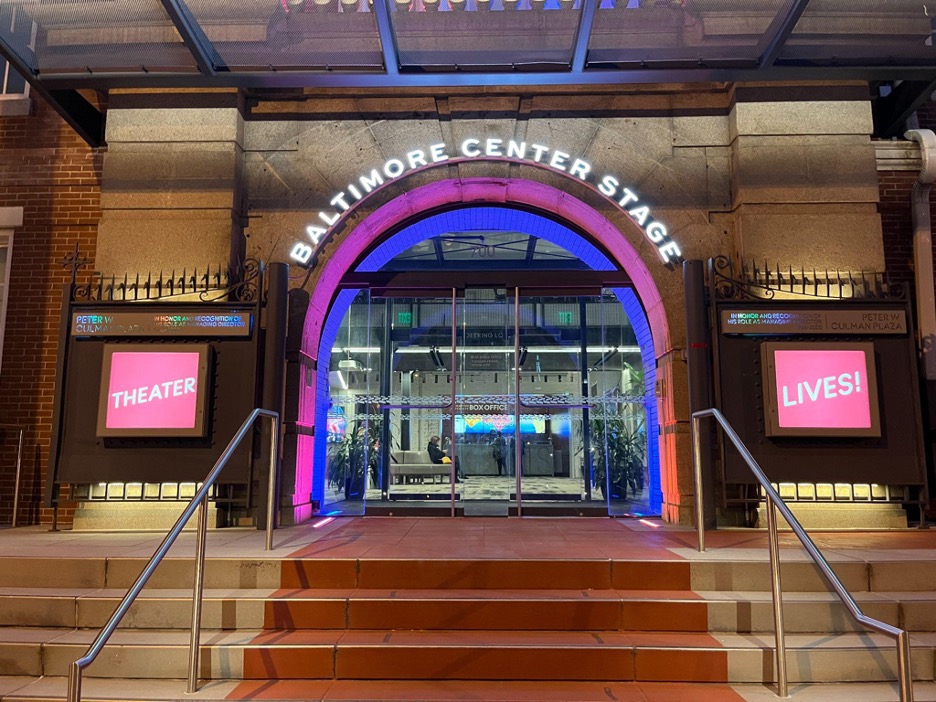


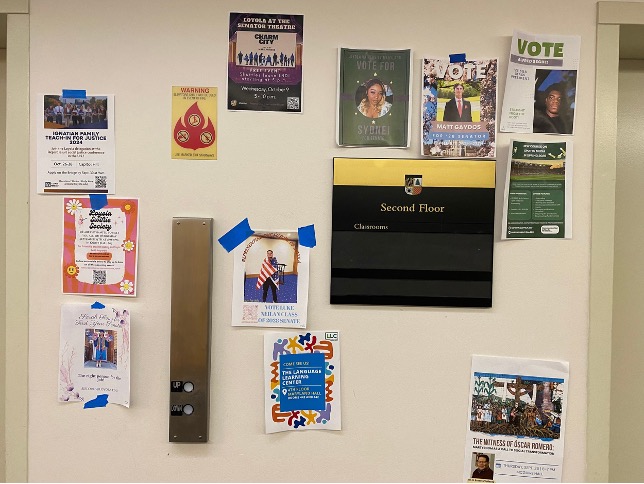

Robert hagedorn • Oct 30, 2017 at 4:51 pm
Adam and Eve again–they just won’t go away, will they? But a visit to http://www.thefirstscandal.blogspot.com yields both a news story for a courageous reporter, and the identity of the forbidden fruit.